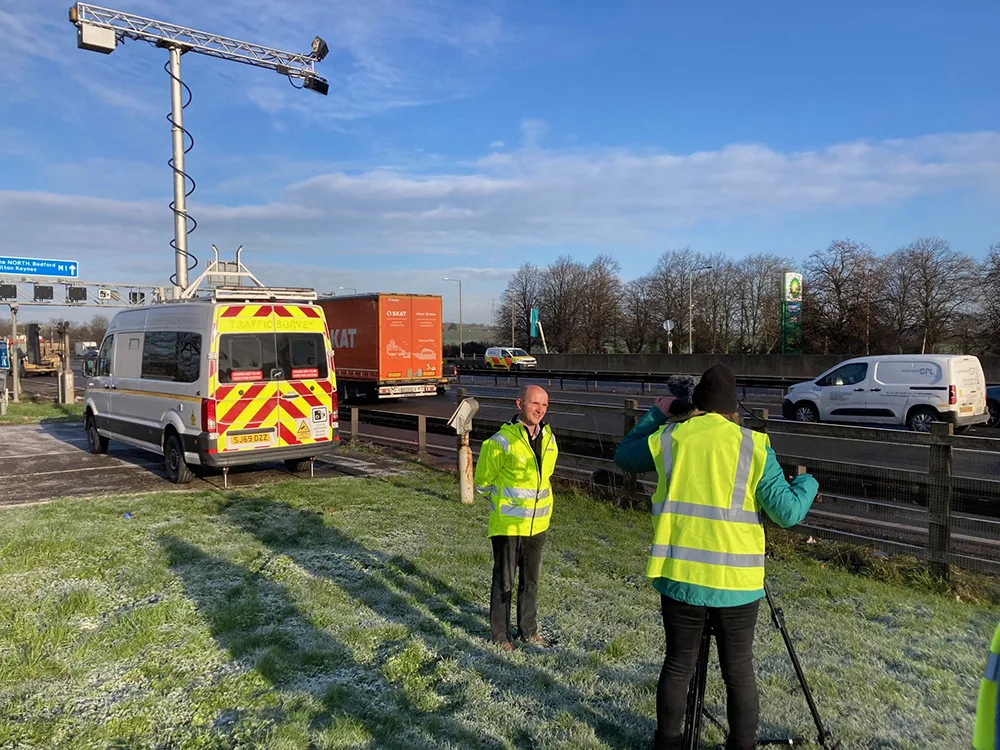
The machine starts out as a Mutoh Valuejet graphics printer. However, the Japanese manufacturer “has completely optimised it to be used with our sheeting, inks and reflective overlay”, said Marco van der Linden, Avery Dennison’s marketing manager for the product.
With all these modifications, the Valuejet becomes an Avery Dennison-branded TrafficJet, said van der Linden.
“It’s specially designed for spot colours, it is CE-certified, which means the signs it produces can be used anywhere within Europe and it has a warranty for up to 12 years.
“There’s a difference between a graphics printer and something that can print traffic signs, because the latter have a lot more regulations to comply with.”
The TrafficJet complies with these regulations, but its abilities as a graphics printer gives it added capabilities, he said.
Traditionally, traffic signs are printed as a series of hand-mounted layers, which take time and manpower to place. A graphics printer, however, can lay down multiple colours simultaneously. It is also ideally equipped to cope with sequentially-numbered signs, such as those that appear at 100-metre intervals on European roads, where large numbers of signs, identical apart from a couple of digits, need to be produced.
It can also print logos, such as those of local authorities, on to the signs, as well as dates of manufacture that detail the warrant length.
The final benefit of the new machine, said van der Linden, is that it produces signs at around one-third of the cost of rivals: “This is being aimed at small and medium-sized companies. Existing machines are very large and are only bought by large companies.”










